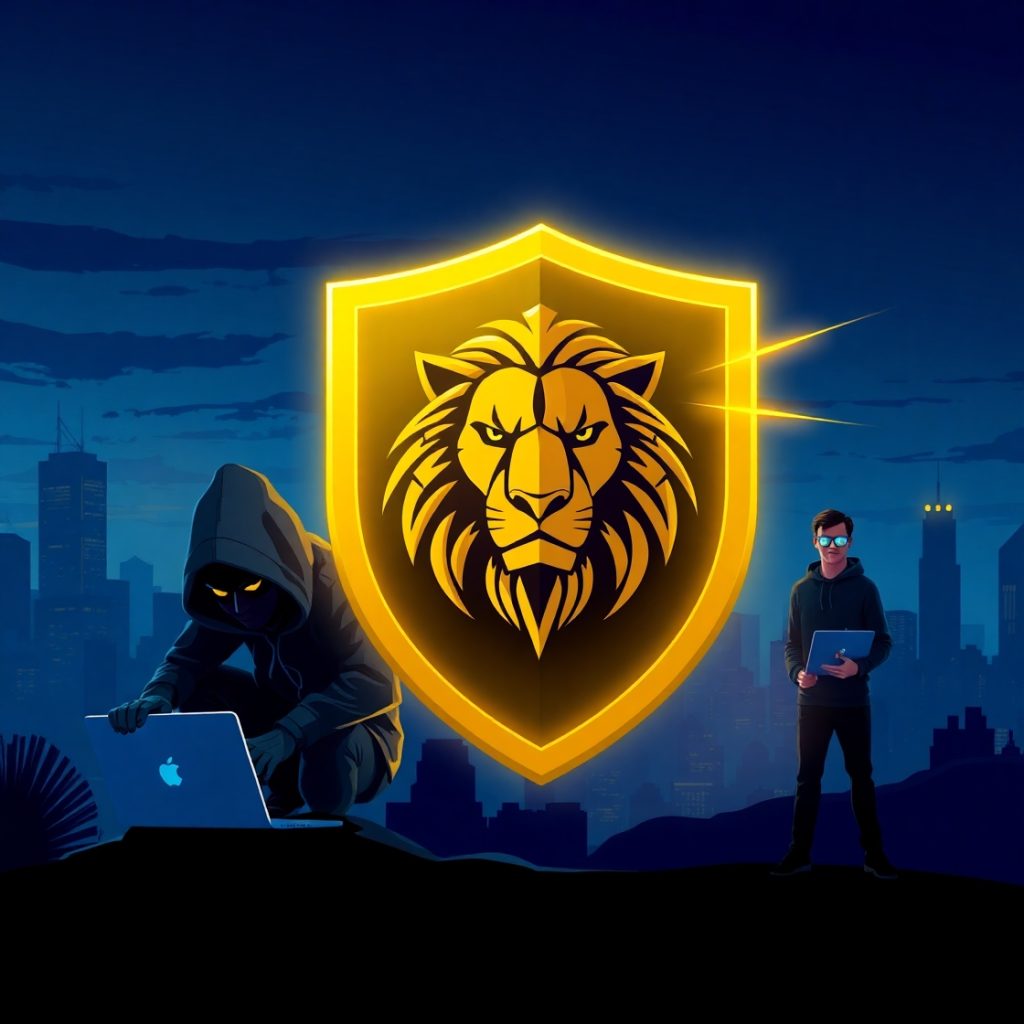
Introduction
Even with precautions, cybersecurity incidents can still happen. The key is knowing how to recognize a breach quickly and respond effectively. In this beginner series final article, we’ll walk through the steps to take after a suspected cyber attack and how to bounce back safely.
Signs You’ve Been Hacked
- Unauthorized logins or password change alerts
- Missing or altered files
- Slow performance or unexpected popups
- Contacts receiving spam from your account
- Account lockouts
If you notice any of these signs, take immediate action.
Step 1: Disconnect and Isolate
Unplug your device from the internet or Wi-Fi to prevent further spread or data leaks. If it’s a phone, put it in airplane mode.
Step 2: Change Your Passwords
From a safe device, change passwords to all critical accounts—email, banking, cloud storage. Use new, strong passwords and activate MFA.
Step 3: Run a Malware Scan
Use antivirus or anti-malware tools to scan your device. Remove any threats found, and consider resetting the device if the infection is deep.
Step 4: Alert Services and Contacts
Notify your bank if sensitive financial data was exposed. Inform contacts if your email or social media was compromised, and advise them not to click suspicious links from your account.
Step 5: Restore from Backups
If you’ve backed up your files offline or to a secure cloud, restore clean copies. Avoid restoring from backups created after the infection started.
Step 6: Learn and Rebuild
After resolving the issue, take time to learn from it:
- What was the vulnerability?
- Was MFA active?
- Are backups in place now?
- Should you start using a password manager or VPN?
Conclusion
Cyber attacks can be stressful—but recovery is possible. Acting quickly, notifying the right people, and reinforcing your defenses will help you bounce back stronger. This completes our cybersecurity beginner’s series for more in-depth insights on practicing safety online. Remember: staying safe online is a lifelong habit.
Leave a Reply